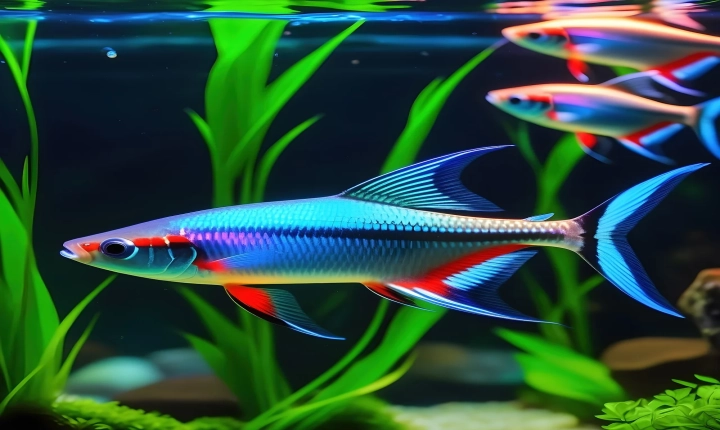Converting an image to AI format can be a useful process for several reasons. AI, or Adobe Illustrator, is a widely used vector graphic editing software that allows for more flexibility and scalability than traditional image formats. By converting an image to AI, you can have greater control over the individual elements of the image, as well as the ability to scale the image to any size without loss of quality. In this article, we’ll explore some methods for converting images to AI format.
Method 1: Manual Tracing
One way to convert an image to AI format is by manually tracing it in Adobe Illustrator. This method involves importing the image into Illustrator and using the Pen tool to trace the outlines and details of the image. This process can be time-consuming and requires a certain level of skill in using the Pen tool, but it allows for the creation of a highly accurate and detailed vector version of the original image.
To begin, open Adobe Illustrator and create a new document. Then, go to File > Place and select the image file you want to convert to AI. Once the image is imported, select the Pen tool and start tracing the outlines of the image, creating vector paths that match the shapes and details of the original.
As you trace, you can adjust the anchor points and curves to match the contours of the image. Once the tracing is complete, you can fill in the shapes with color and adjust the strokes to achieve the desired look. This method gives you full control over the vectorization process and allows for a high level of detail and precision.
Method 2: Image Trace
Another method for converting an image to AI format is to use the Image Trace feature in Adobe Illustrator. This method automates the process of converting raster images into vector graphics, making it a quick and convenient option for those who want to achieve a vector version of an image without manually tracing it.
To use the Image Trace feature, open Adobe Illustrator and create a new document. Then, go to File > Place and select the image file you want to convert. With the image selected, go to Object > Image Trace > Make. This will apply a default tracing preset to the image, converting it into a vector graphic.
You can then adjust the settings in the Image Trace panel to customize the tracing result, such as choosing different preset options, adjusting the threshold, or changing the number of colors used in the trace. This method is quick and easy and works well for simpler images with defined shapes and colors.
Method 3: Online Conversion Tools
If you don’t have access to Adobe Illustrator or prefer a simpler solution, there are also online tools available for converting images to AI format. These tools typically allow you to upload an image and then download the vectorized version in AI format. While some of these tools may not offer the same level of control and customization as manual tracing or Image Trace, they can be a convenient option for quick conversions.
When using online conversion tools, it’s important to choose a reputable and secure website to ensure the safety of your images and the quality of the conversion. Be sure to review the terms of service and any privacy policies before uploading your images to these platforms.
In conclusion, converting an image to AI format can be achieved through various methods, each with its own advantages and considerations. Whether you prefer the precision of manual tracing, the convenience of Image Trace, or the ease of online conversion tools, there are options available to suit your needs. With the right approach, you can successfully convert images to AI format and take advantage of the benefits of vector graphics for your design projects.
